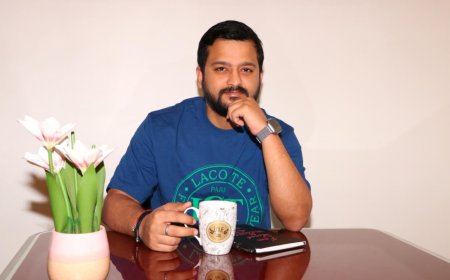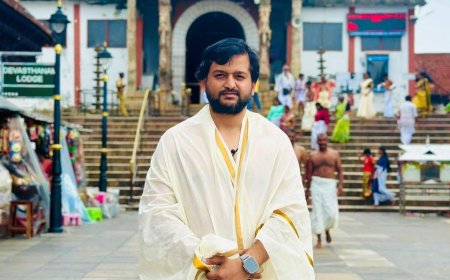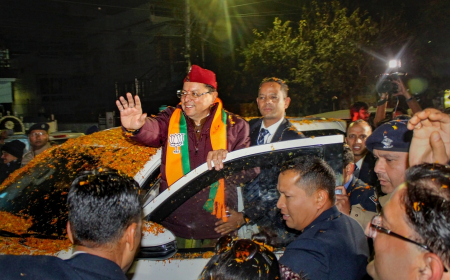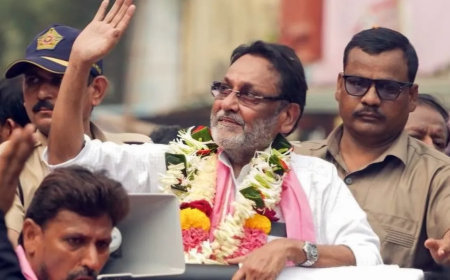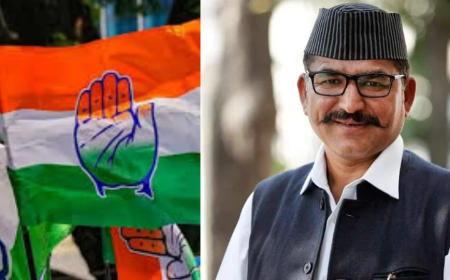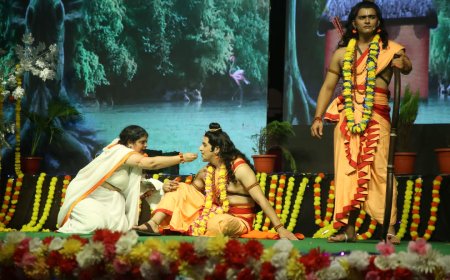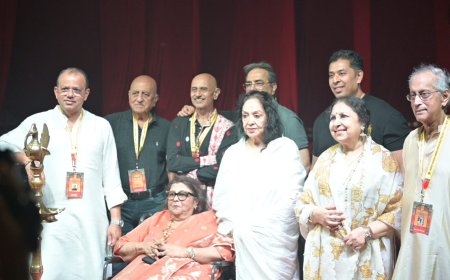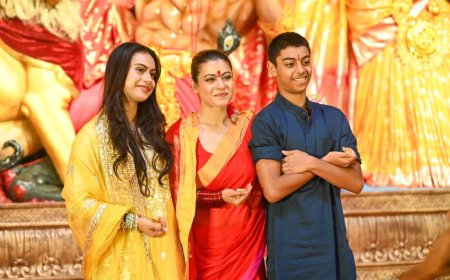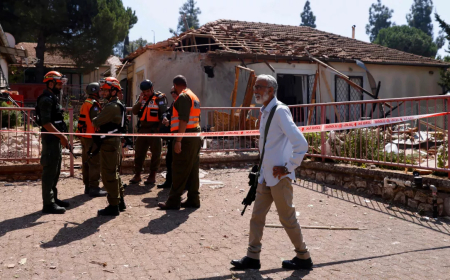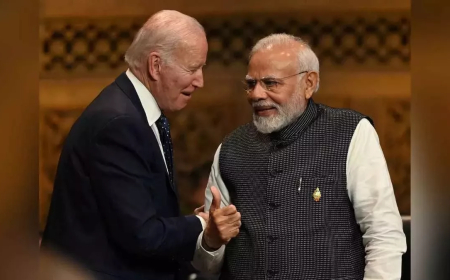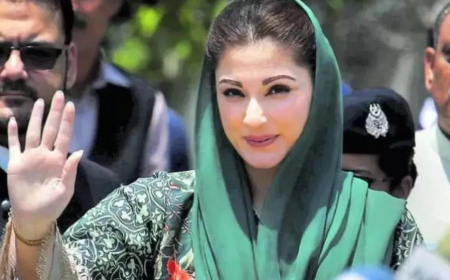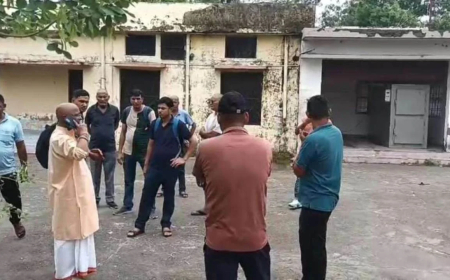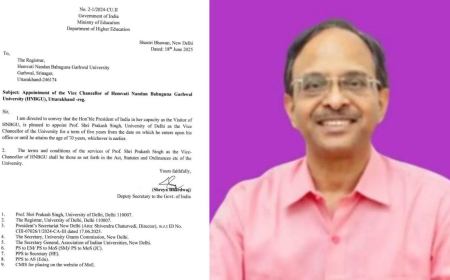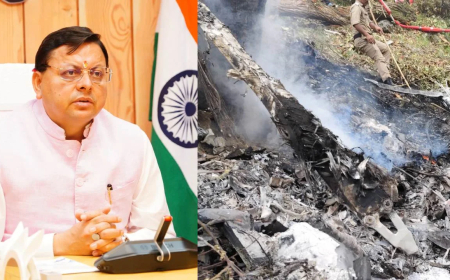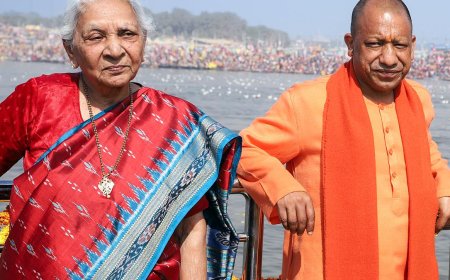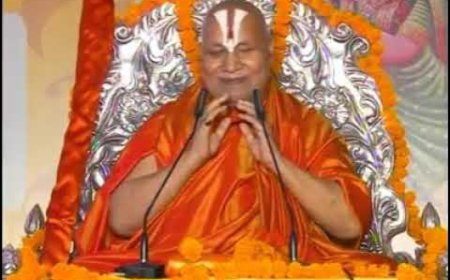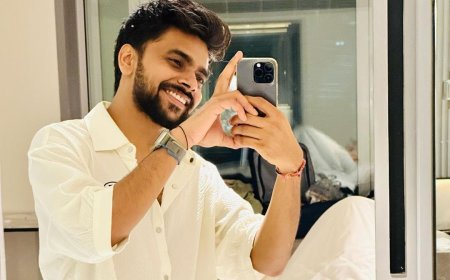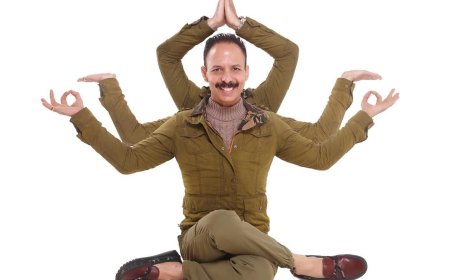Beyond John Wick: How Salakaar's 'Fights With Feeling' Could Change Indian Action Dramas
Director Faruk Kabir brings his 'emotional action' philosophy to Salakaar - a gritty spy thriller where every punch tells a story. Premieres August 8 on JioCinema.
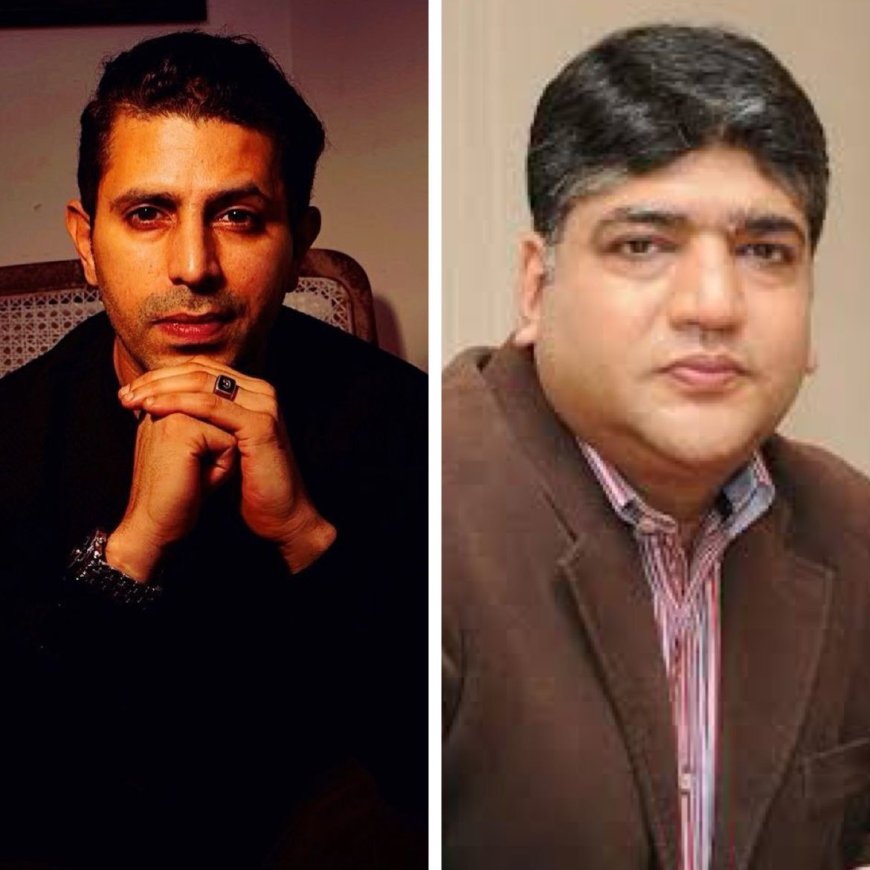
The screen fades in on a man bleeding, exhausted, throwing a punch that looks less like a trained move and more like a desperate survival instinct. This isn't your typical spy thriller - and that's exactly what director Faruk Kabir wants. In Salakaar, the upcoming JioCinema original produced by Sphereorigins and Mahir Films, action sequences aren't designed to showcase perfection but to expose raw human vulnerability. "I want audiences to feel every bruise, every labored breath," Kabir explains. "When my protagonist falls, you should taste the dirt with him."
This philosophy of "emotional action" stems from Kabir's work on the Khuda Haafiz films, where he famously instructed Vidyut Jammwal to "fight like a broken guy from Lucknow would." Now, with Salakaar, he takes that approach further. The series follows Adhir (Naveen Kasturia), India's National Security Advisor, across two timelines - his early days as a raw recruit in 1978 and his present-day battle against unfinished ghosts from a crucial mission. The fight scenes deliberately avoid slick choreography in favor of what Kabir calls "combat with consequences" - every punch thrown from fear, every dodge born of trauma.
The production team employed an unusual technique: shooting action sequences in continuous takes with handheld cameras. "When you see Adhir take seven punches before landing one, that's not editing magic - that's Naveen actually pushing through exhaustion," Kabir reveals. Supporting cast members like Mukesh Rishi and Ashwath Bhatt underwent weeks of "un-training" to shed polished movement styles. The result? A spy drama where a character's fighting style evolves visibly across timelines - clumsy and reactive in youth, more calculated but still imperfect in maturity.
Sunjoy Waddhwa's Sphereorigins, known for character-driven narratives, provides the perfect home for this experiment. The series' action design mirrors its psychological depth: flashbacks show Adhir's training under a hardened RAW operative (Purnendu Bhattacharya), while present-day sequences reveal how those lessons both saved and haunted him. A particularly brutal corridor fight scene - already teased in promos - lasts three unbroken minutes, its intensity building as much from emotional stakes as physical danger.
What makes Salakaar potentially revolutionary is its rejection of the superhero spy trope. Adhir isn't a human weapon but a thinking, feeling agent whose body bears the scars of his choices. When he takes down enemies, it's through a mix of strategy and sheer desperation rather than superhuman skill. This grounded approach extends to the production - Kabir insisted on practical effects over CGI, even when it meant Kasturia performing his own high-risk stunts.
As August 8 approaches, the industry watches closely. If Salakaar succeeds, it could herald a new era for Indian action storytelling - one where fight scenes serve character arcs rather than just spectacle, and where heroes bleed before they triumph. In Kabir's own words: "Real courage isn't about never falling. It's about what makes you get back up."





